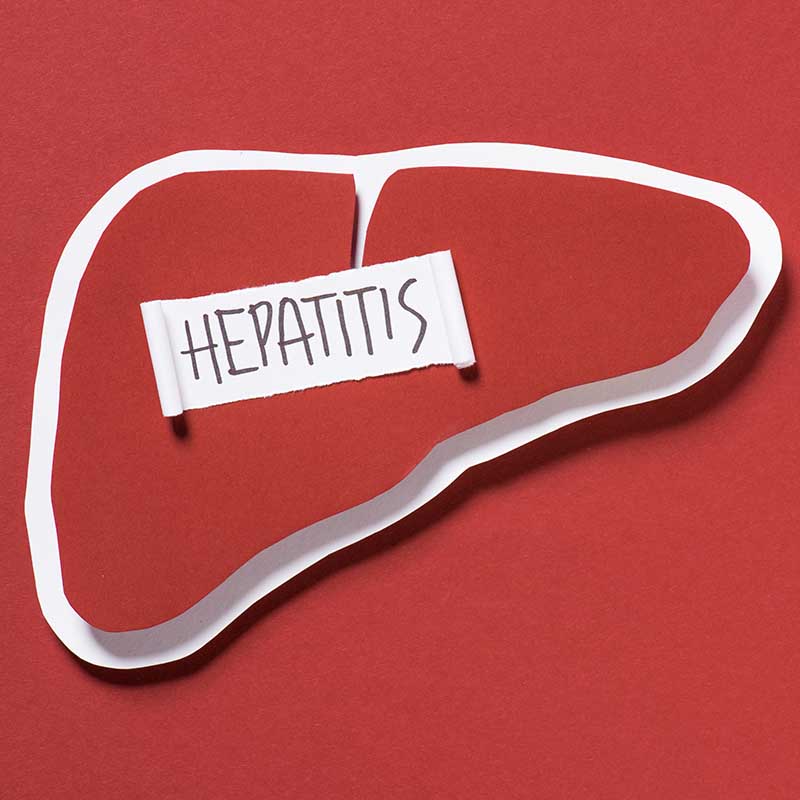
By: Annabel T.
Year: 2023
School: Northwood High
Grade: 12
Science Teacher: Karen Zhou
Hepatitis B virus (HBV) infection is a major global health concern, affecting approximately 300 million people worldwide. Despite significant advancements in medical science, there is still no definitive cure for chronic HBV infection. Interferon (IFN), an antiviral cytokine, represents the first-line treatment for HBV patients. However, clinical studies have shown that only 25% of patients respond favorably to IFN therapy, raising questions about the mechanism of resistance to this treatment.
Annabel took on the challenge of understanding the resistance of HBV to IFN treatment in clinical patients. Utilizing a highly physiologically relevant model, humanized liver chimeric mice-derived human hepatocytes (HLCM-HHs), Annabel conducted a series of experiments to shed light on the underlying mechanisms contributing to IFN resistance in HBV.
In her project, Annabel began by examining the direct antiviral effects of IFN on HBV. She treated HBV-infected HLCM-HHs with two types of IFN, IFN-alpha, and IFN-beta, over a period of 10 days. The levels of pre-genomic HBV RNA (pgRNA), extracellular hepatitis B surface antigens (HBsAg), and HBV DNA were measured.
Surprisingly, the results showed that patient-derived inocula exhibited resistance to exogenous IFN stimulation, regardless of HBV genotype. This resistance was observed despite the robust induction of IFN-response genes in all samples. The findings suggested that the mechanisms of IFN resistance are not solely dependent on viral genotype, implying the presence of additional factors contributing to resistance.
To further validate these intriguing findings, Annabel conducted additional experiments. She coinfected HLCM-HHs with Hepatitis Delta Virus (HDV), a satellite virus of HBV known to induce the IFN response in infected hepatocytes. Once again, the results supported her initial observations. Among six different HBV inocula, HDV coinfection did not affect HBV DNA levels in HLCM-HHs treated with three of them. Importantly, all six inocula showed induction of IFN-response genes, indicating that genotype-independent resistance to IFN occurs in vitro.
Annabel’s research uncovered a novel correlation between resistance to HBV DNA and HBsAg reduction in patient-derived inocula, irrespective of genotype. This finding strongly suggests the existence of unique cellular mechanisms of HBV resistance to IFN during virion secretion and packaging. Understanding these mechanisms may hold the key to devising more effective clinical IFN therapy strategies.
The implications of Annabel’s research are profound, offering potential paths for improving IFN therapy outcomes in patients with chronic HBV infection. By identifying genotype-independent mechanisms of resistance, her work provides valuable insights into the complex interplay between HBV and the host immune response. These findings could inform the development of novel therapeutic approaches that target the underlying cellular mechanisms of IFN resistance.
